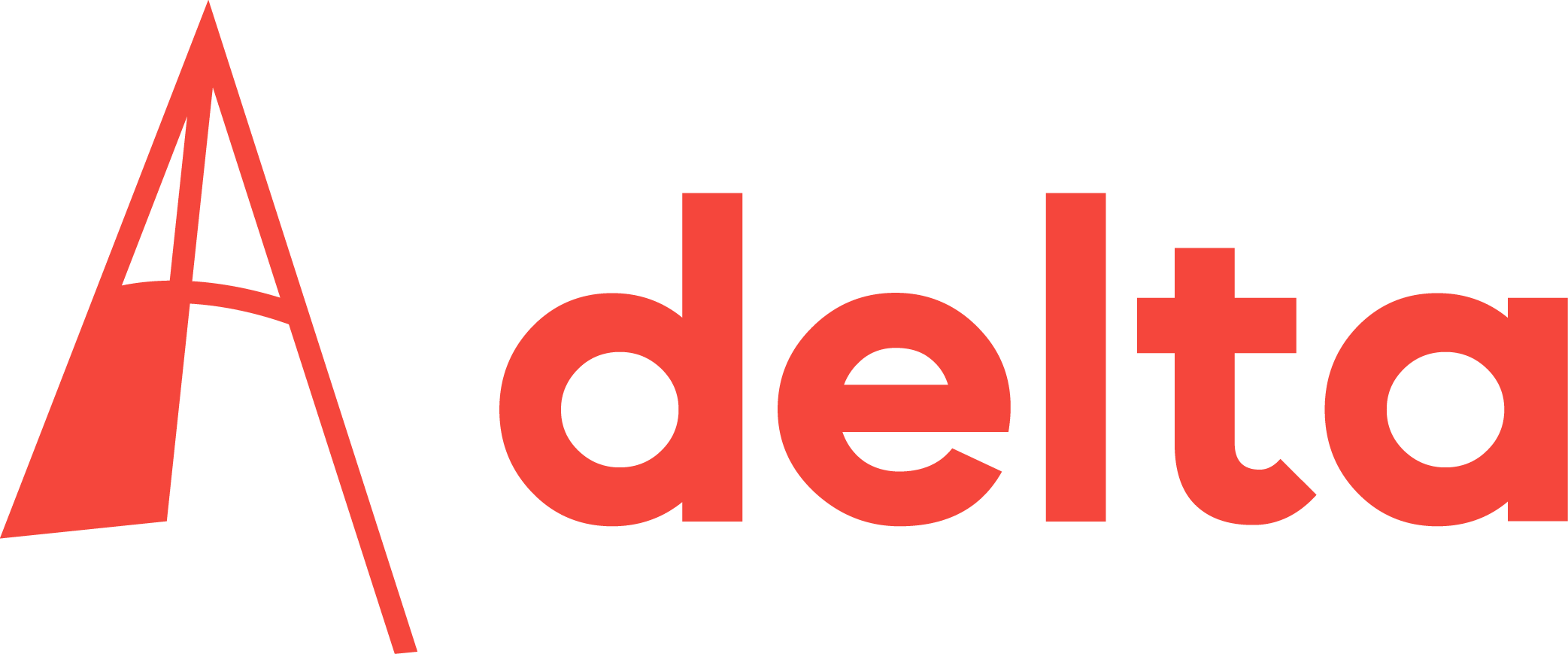Over time, funding of higher education institutions will be reduced by 59 million euros, reads the Spring Memorandum. It’s one of the new cutbacks in education and research.
(Photo: Justyna Botor)
On Good Friday, the government published the Spring Memorandum, after the four coalition parties had spent more than 24 consecutive hours negotiating. The outcome for education and research: new cutbacks.
For one thing, the institutions will receive less money to compensate for inflation. This cutback in the ‘wage and price adjustments’ applies to all ministries. But targeted cutbacks have also been announced.
25 million for science
Last December, PVV, VVD, NSC and BBB made a deal with four opposition parties to mitigate the cutbacks. One of the agreements was that science would get 25 million euros extra in each of the four years ahead.
The government is partly funding this extra money for science by cutting primary and secondary education, postponing the intended curriculum improvement. For the rest, it’s tapping into its own coffers. It concerns a budget (study advance funds) that was already earmarked for higher education but had no defined spending goal yet.
Public transport allowance for students abroad
The Spring Memorandum also contains an outright cutback in higher education funding of €59 million from 2030. This year it’s two million, next year 24 million, and so on.
This cutback partly replaces another. The government originally wanted to scrap the student public transport pass allowance for Dutch students abroad. (Those studying across the border have no use for a Dutch public transport pass and can instead get a monthly amount in their bank account.)
That cutback will not go through as it turns out to be legally untenable. In other words, someone may go to court and then there’s a good chance that the government will have to uphold the allowance after all. So that’s a financial setback – and education has to pay.
Improvement of cybersecurity (technically: implementation of the NIS2 Directive) will also partly be at the expense of education. For other ministries, these costs were already known, but not yet for Education, Culture and Science.
Numbers of students
It’s not uncommon for the Spring Memorandum to have setbacks, but some of them are actually good news. Students in higher professional education are graduating faster than expected, says this Spring Memorandum. Nice as that may be for everyone, it does mean that the basic student grant, supplementary grant and public transport pass will be converted to a gift earlier than expected. In other words, the government will have to ‘pay’ for them sooner.
24 April: Strike at the TU Delft
On Thursday 24 April, students and staff of the TU Delft are organising a joint strike in protest against the announced cuts to higher education. By putting their work on hold for the day, they aim to express their concerns and increase pressure on the government to reconsider these measures.
The day of strike action will begin on the university campus and, around midday, will transition into a protest march towards the Delft train station. Various activities will be organised throughout the day.
The action in Delft is part of a broader ‘relay strike’, in which staff and students from different Dutch universities and universities of applied sciences protest on consecutive days. Earlier this month, actions took place in Amsterdam, Rotterdam, Tilburg, Wageningen, Maastricht, and Eindhoven. TU Delft will conclude the series on 24 April.
- Want to help out with any of the activities on Thursday? Sign up via the FNV union website.
- You can find the full programme here.
- The TU Delft executive board supports the strike. Want to know more about your rights and obligations as a student or staff member? Then read this intranet message.
Another ‘setback’ for the treasury is the number of students in higher professional education: the decline is apparently not as steep as expected, as projected student numbers have been revised upwards. The additional cost of this will ultimately be €96.8 million euros.
Conversely, universities can expect less money as the number of Dutch students in academic education turns out to be smaller than expected: over time, this will make a difference of €40 million a year.
When it comes to student financing, the ministry is facing a €94 million setback this year, for a variety of reasons. But in the long term, there will actually be a windfall of €36 million as fewer students apply for student financing and the supplementary grant is usually lower than estimated. It also turns out students travel less by public transport, making the student public transport pass cheaper.
Response
President of Universities of the Netherlands Caspar van den Berg says the new cutbacks are “damaging to education and therefore damaging to the future of the Netherlands”.
The General Union of Education is nothing short of furious. Chair Thijs Roovers compares the cuts to “taking candy from a child”, as the government is cutting into the opportunities of vulnerable pupils in secondary education.
The Netherlands Association of Universities of Applied Sciences hasn’t responded to the Spring Memorandum yet.
HOP, Bas Belleman
Translation: Taalcentrum-VU
Do you have a question or comment about this article?
redactie@hogeronderwijspersbureau.nl


Comments are closed.